AI Powered Data Extraction Using Astera North Star¶
Astera ReportMiner now uses AI to recommend report model templates, allowing you to automatically generate models for multiple source files at once. By specifying the layout and document type, ReportMiner recommends the most suitable model templates, saving you valuable time and energy when building your data extraction processes. With this new feature, you can streamline your workflow and eliminate the need for manual data extraction. In this document, we will see how to use this feature to create the report models.
Sample Use–Case¶
In this case, we have a few purchase order PDFs which contain key value pairs - such as Order No. and its value - at the top of the document, a table and then a key value pair at the end, as shown in the document below.
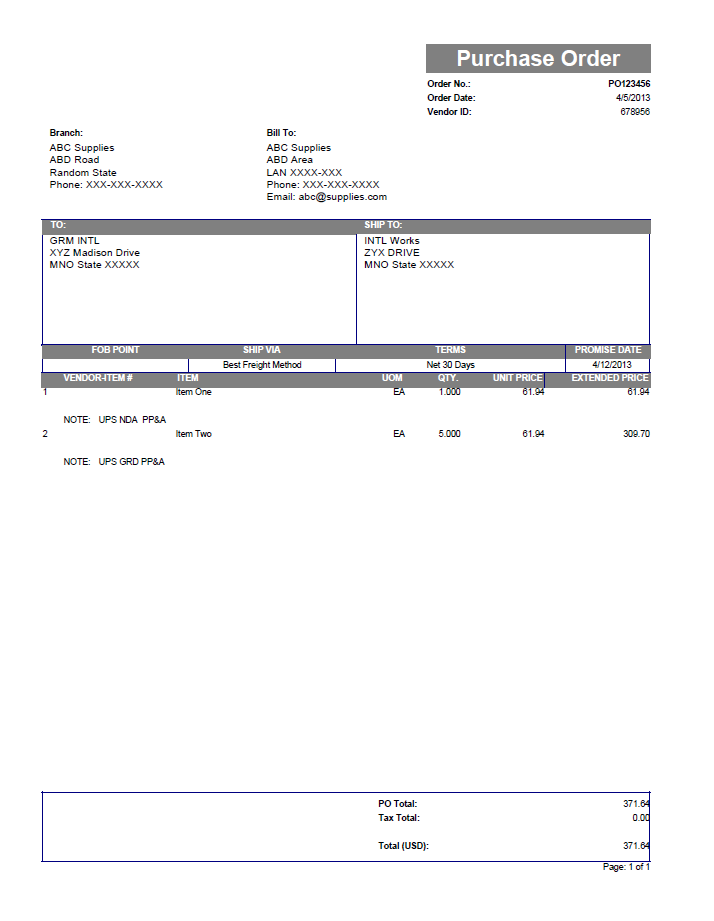
1. In order to utilize the Astera North Star feature, you will need to create a new project from Project > New > Integration project or open an existing project in Astera ReportMiner.
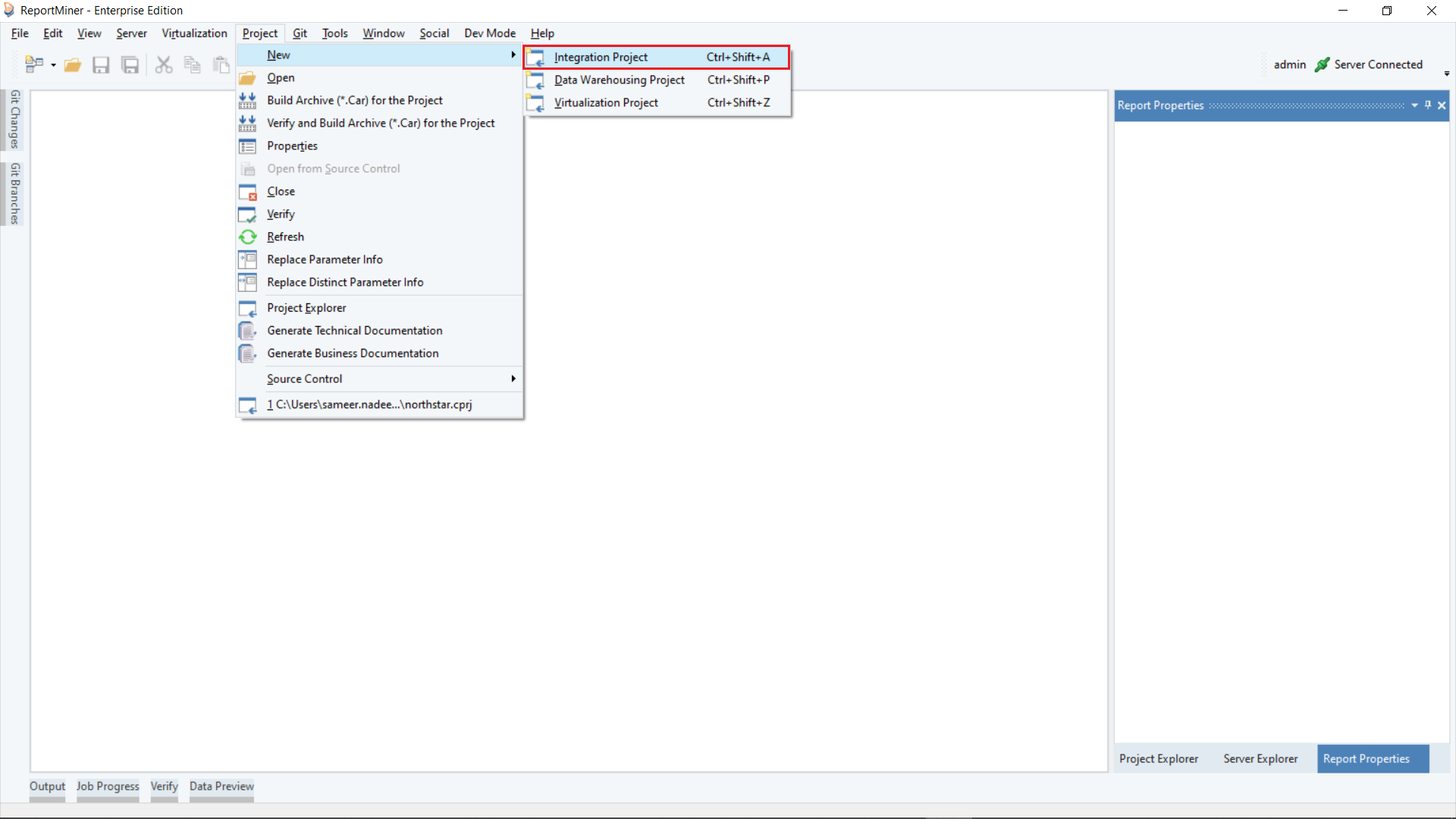
To open an existing project, go to Project > Open and then browse for your project file.
2. If you have multiple source files, add the source file folder to the project.

3. Next, right-click on the source files folder in the project explorer and select AI-Powered Data Extraction > Auto Create Report Models using Astera North Star.
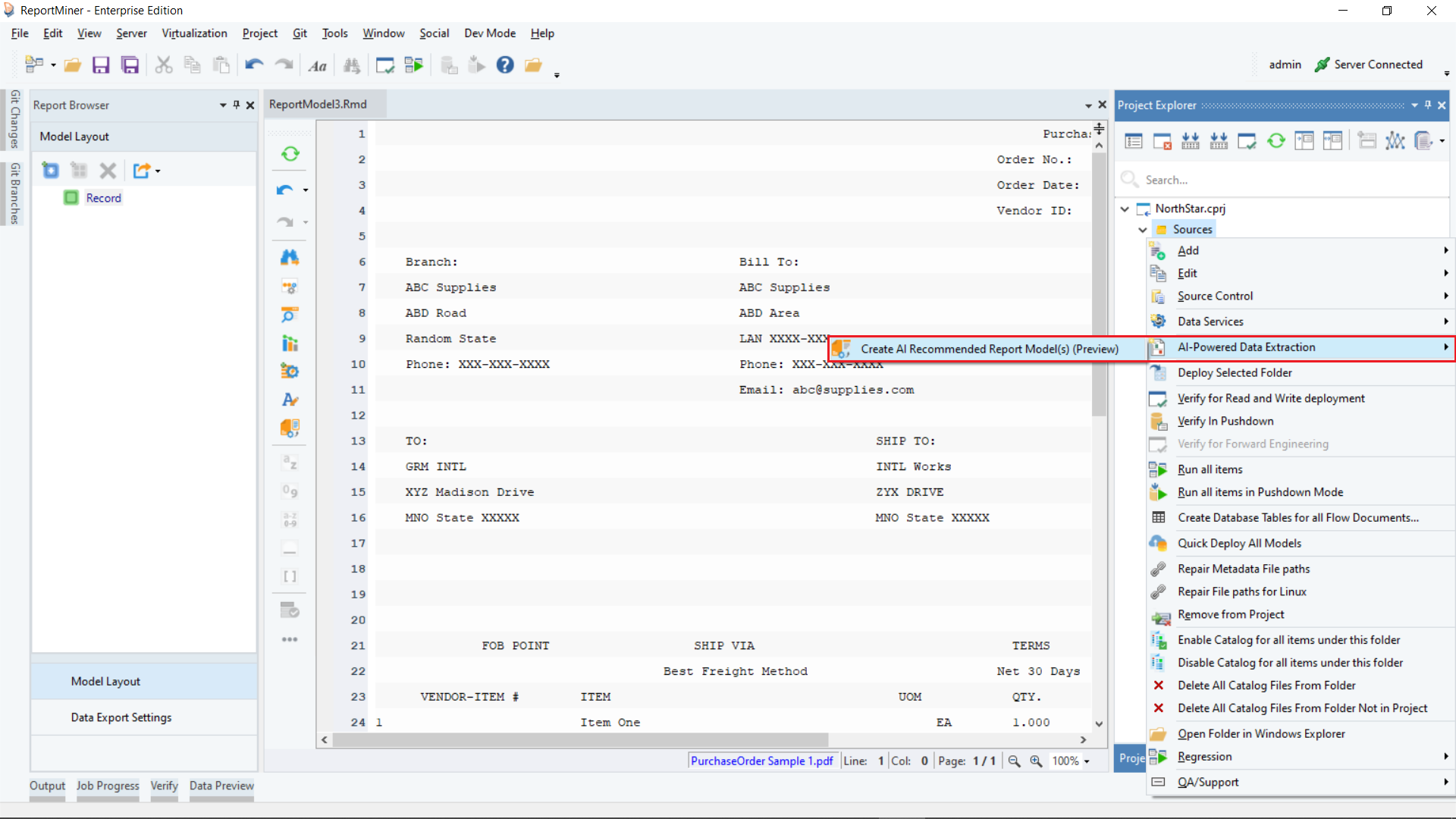
This will open the Astera North Star Schema Wizard.
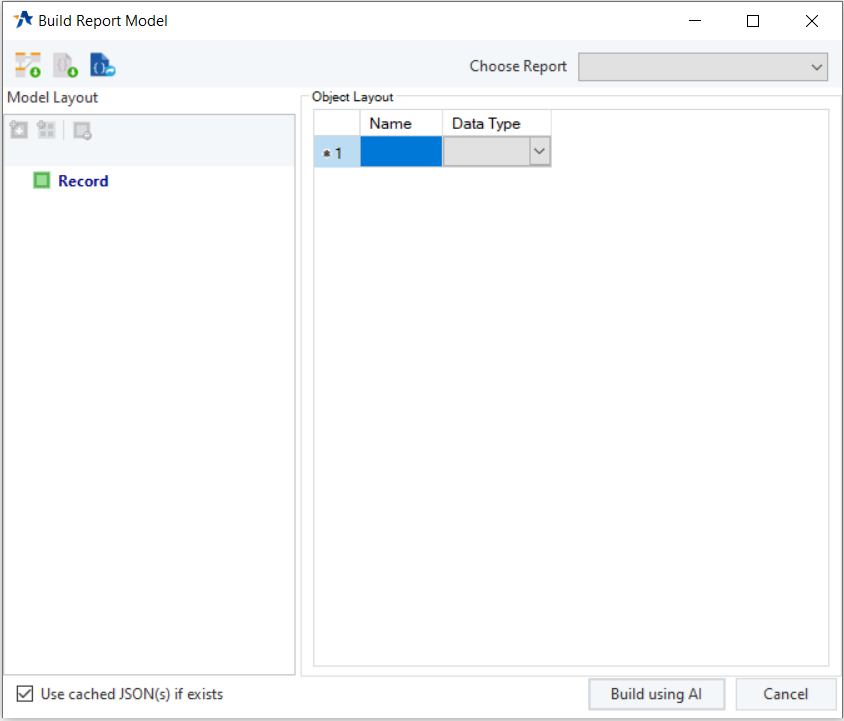
4. Depending on the type of files you have, either purchase orders or invoices, select the type from the drop-down menu. In this case, we will be selecting purchase orders.
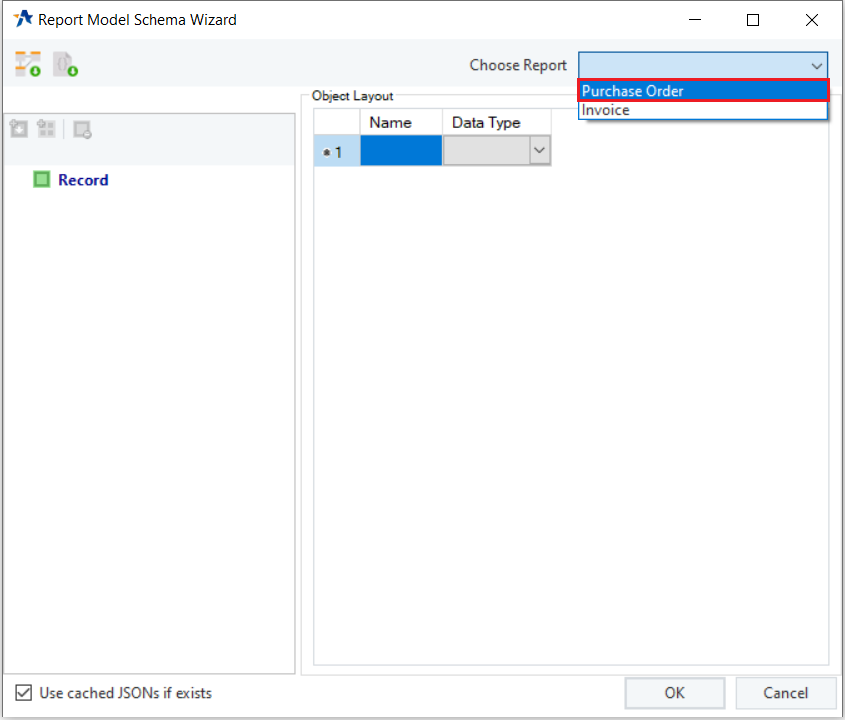
5. Provide the wizard with the layout of the data that you want to extract from these source files. This can be done via either importing a layout defined object from a dataflow or importing a layout from a JSON.
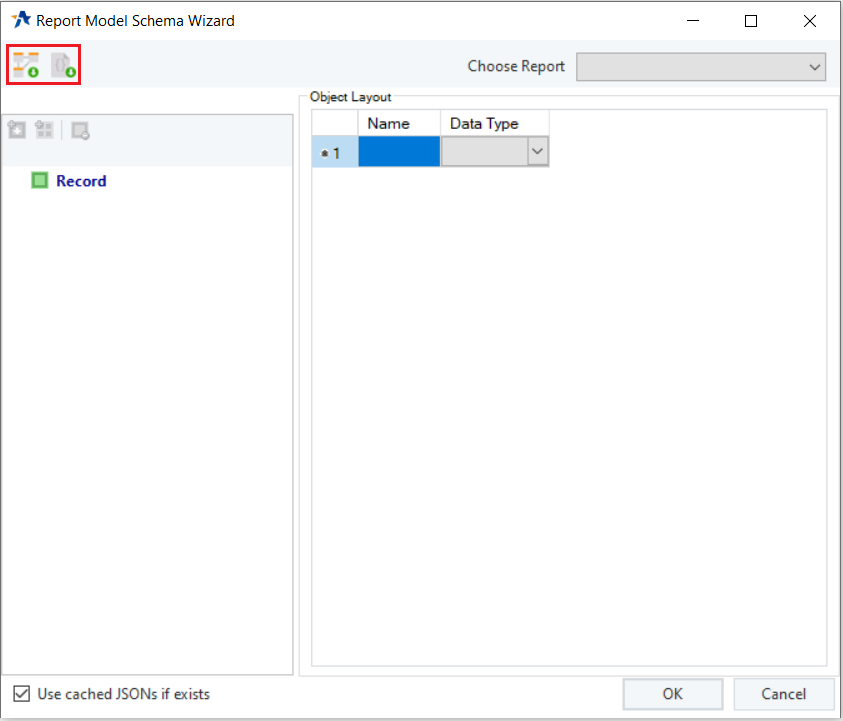
To build the layout from a dataflow/subflow, select the icon and then browse for your dataflow. The dataflow could have an object with the layout defined such as the Passthru object as shown in the image below.
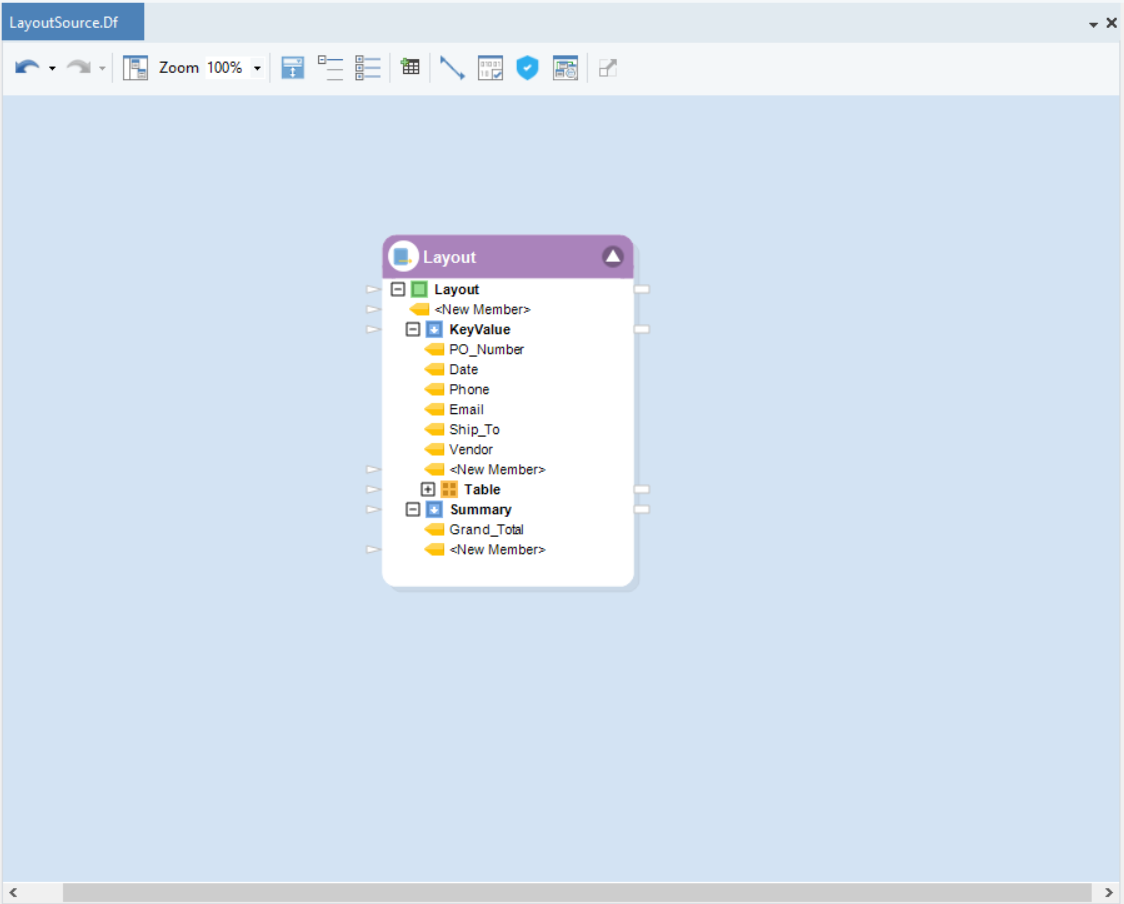
6. If you are importing a layout from a JSON, you can paste the JSON in the window and will have the option to verify, export, and other options for the JSON. Once you have copied the JSON, you can click on generate, and the layout will be imported.

Once you have built the layout, click OK in the Astera North Star Schema Wizard, and the report model generation will begin.
7. The automated report mining will generate report models for each file in the folder and save successfully generated files to the AI Generated Report Models folder that has been created in the project. In case the file does not contain the required fields, the generated templates will be kept in the Erroneous Report Models folder that has been created in the project. You can access these report models if you wish to verify and/or edit them.
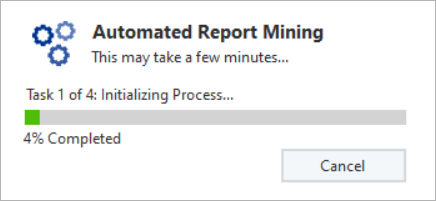
8. Now that the report models have been created, they are ready to be used for data extraction.
For standalone report model layout creation, open a new report model with the file. Then select the Auto create Layout (AI) option from the toolbar.

The remaining process remains the same as for multiple source files. This file also needs to be part of a project for this feature to be executed.
In dataflows, the Report Source object has been given a new parameter for the report model itself, allowing users the flexibility to parameterize the report models to leverage data extraction as per their needs.
This concludes our discussion on creating report models using Astera North Star.